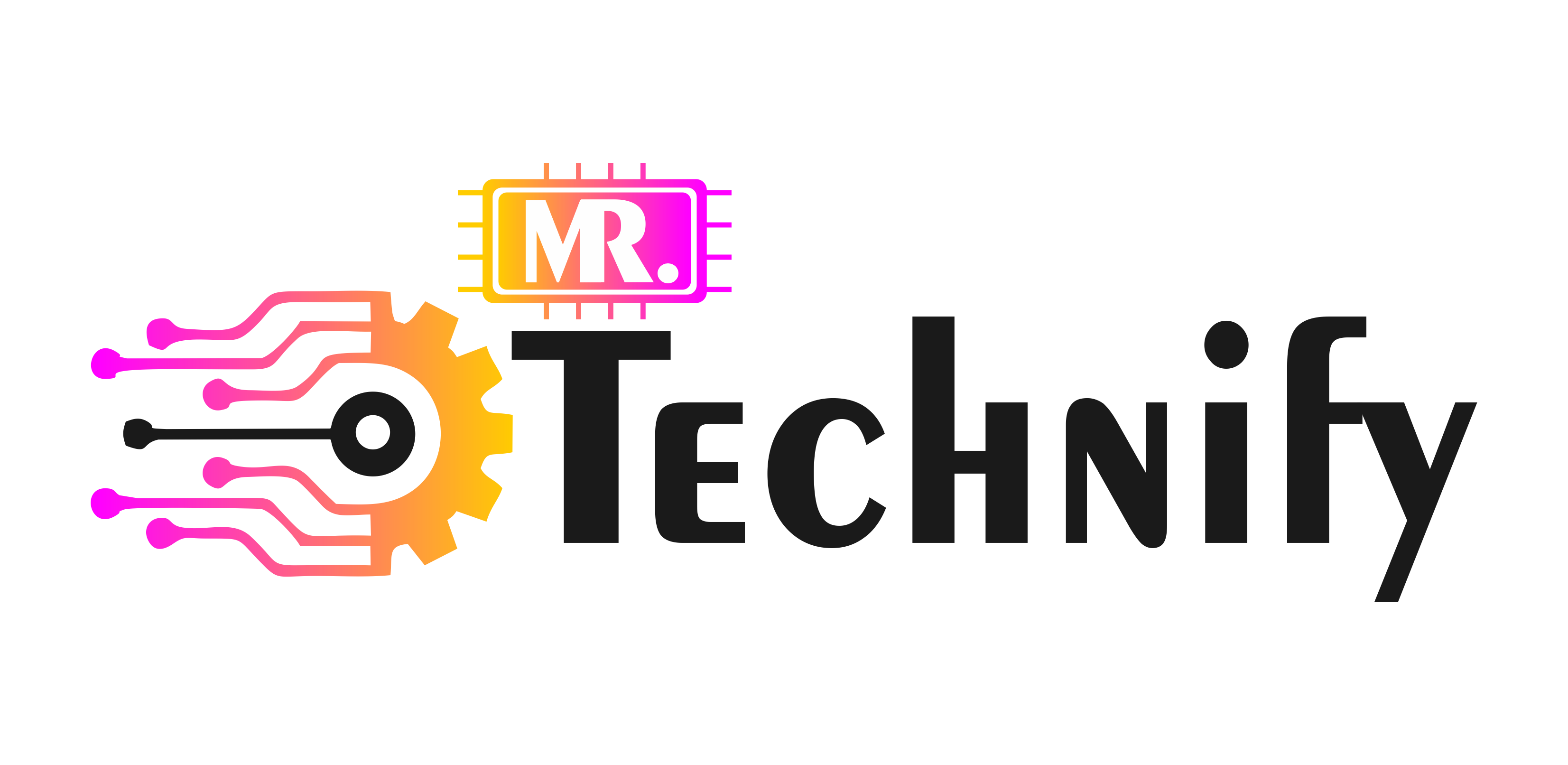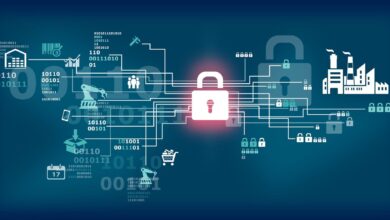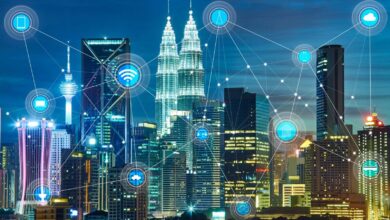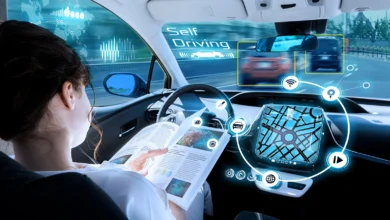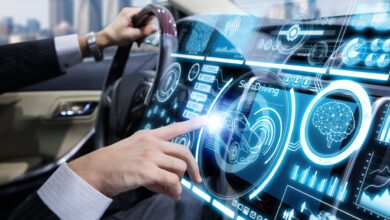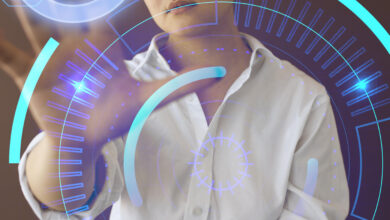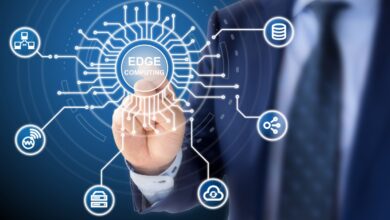Introduction Internet of Things in Healthcare
You know those science fiction films where everything is interconnected and communicating? Due to the Internet of Things, this is no longer so far from being a reality. But what exactly is IoT? In a nutshell, IoT refers to the network of physical devices — from everyday household items to industrial machinery — that use sensors and software to communicate and exchange data over the Internet.
Healthcare: The Perfect Arena for IoT
Now, think about the healthcare industry. It’s all about collecting data, right? Data is essential for diagnosing and treating illnesses, from tracking your heart rate to monitoring your sleep. And that’s where IoT comes in handy.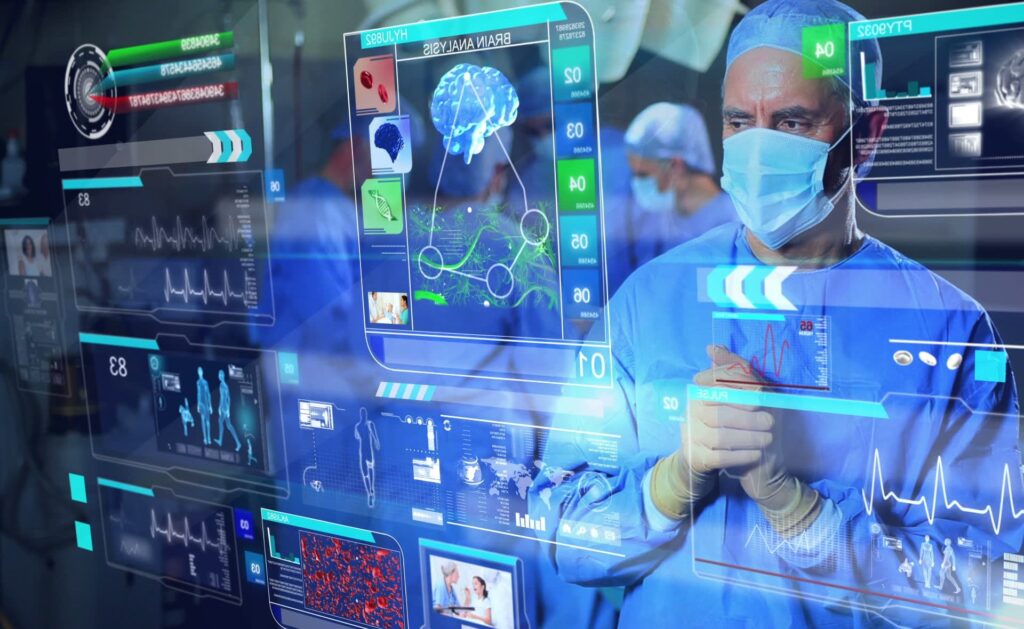
IoT Devices in Healthcare
-
Wearable IoT Devices
Remember when fitness trackers were all the rage? They still are, but they’ve evolved into high-tech devices that can do more than count steps. From smartwatches that monitor heart rate to glasses that help the visually impaired, wearable IoT devices are transforming how we manage our health.
-
Implantable IoT Devices
Think wearable tech is cool? Then you’ll be blown away by implantable IoT devices. We’re talking about devices like pacemakers that send real-time data to doctors or smart pills that track medication usage. These tiny devices have the potential to save lives and significantly improve patient care.
-
Stationary IoT Devices
Beyond wearables and implantables, there are also stationary IoT devices. These include smart hospital beds that can automatically adjust to increase patient comfort or remote monitoring systems that monitor patients’ vital signs.
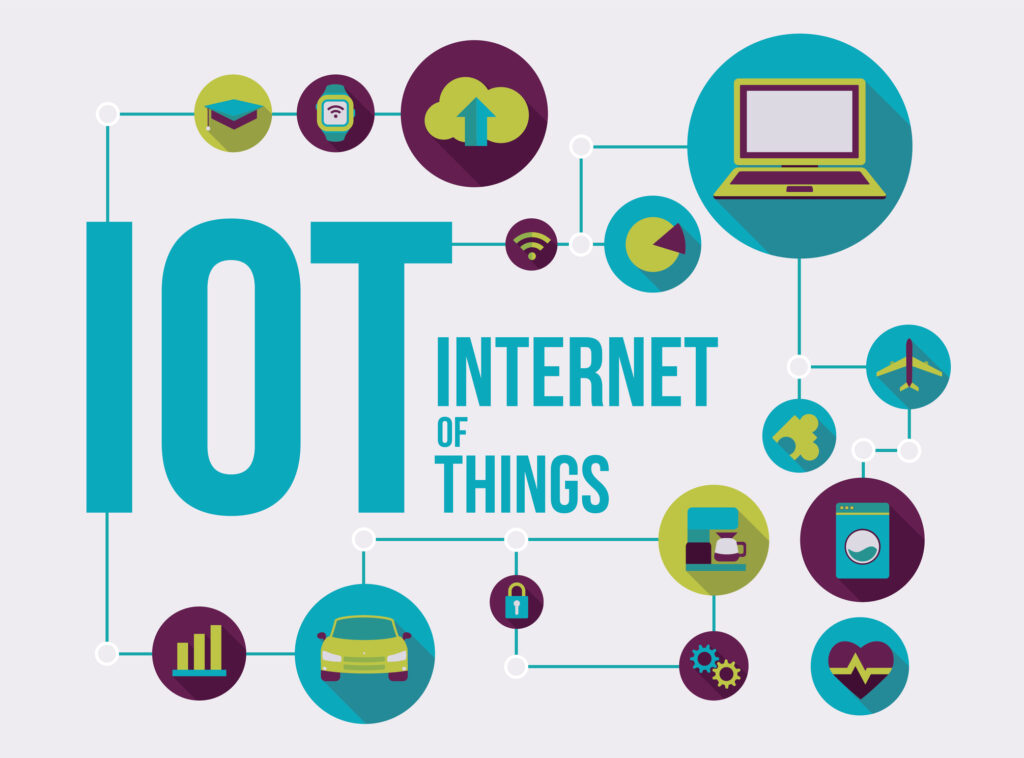
Benefits of the Internet of Things in Healthcare
-
Enhanced Patient Care
Imagine being able to predict a heart attack before it happens. Or they were catching the early signs of disease before symptoms even appeared. With IoT, this is possible. Healthcare providers can react faster and provide more personalized care by continuously monitoring patients.
-
Improved Data Accuracy
One wrong digit can make a world of difference in healthcare. With IoT devices, data is collected and transmitted automatically, reducing the risk of human error.
-
Cost-Effectiveness
Who does not enjoy saving money? By enhancing patient care and minimizing hospital stays, IoT devices can help reduce healthcare expenditures. Plus, remote monitoring means less time spent traveling to and from doctors’ appointments.
Challenges of the Internet of Things in Healthcare
-
Data Security
With great power comes great responsibility. And with the wealth of data IoT devices collect, data security is a big concern. It’s essential to have robust security measures to protect patient data.
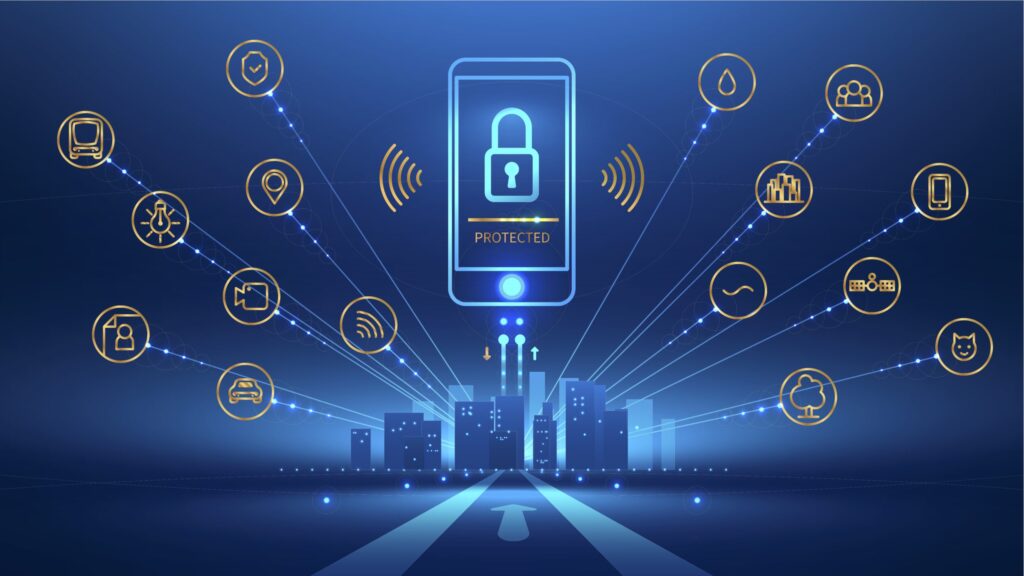
-
Integration Issues
Having tons of data is great, but what if you need help to make sense of it? Integration issues can arise when compiling and analyzing data from different IoT devices.
-
Regulation and Compliance
Like with any new technology, regulation, and compliance can be tricky. It’s crucial to ensure IoT devices meet regulatory standards and protect patient privacy.
The Future of the Internet of Things in Healthcare
-
AI and Machine Learning
The future is here, and it’s all about AI and machine learning. These technologies can take the data IoT devices collect to predict trends, improve diagnoses, and personalize treatment plans.
-
Telemedicine
The pandemic demonstrated the significance of remote care, and the Internet of Things can make telemedicine even more effective. Home monitoring and treatment of patients relieve pressure on healthcare systems.
Conclusion
The Internet of Things in Healthcare is no longer a futuristic concept — it’s a reality. Who does not enjoy saving money? By enhancing patient care and minimizing hospital stays, IoT devices can help reduce healthcare expenditures.
FAQs for Internet of Things in Healthcare
How is IoT used in healthcare?
IoT is used in healthcare to collect and analyze data, enhance patient care, improve data accuracy, and reduce costs.
What are some examples of IoT devices in healthcare?
Examples of IoT devices in healthcare include wearable devices like smartwatches, implantable devices like pacemakers, and stationary devices like remote monitoring systems.
What are the challenges of IoT in healthcare?
Some of the challenges of IoT in healthcare include data security, integration issues, and regulation and compliance.
What is the future of IoT in healthcare?
The future of IoT in healthcare could include advancements in AI and machine learning, and the growth of telemedicine.
